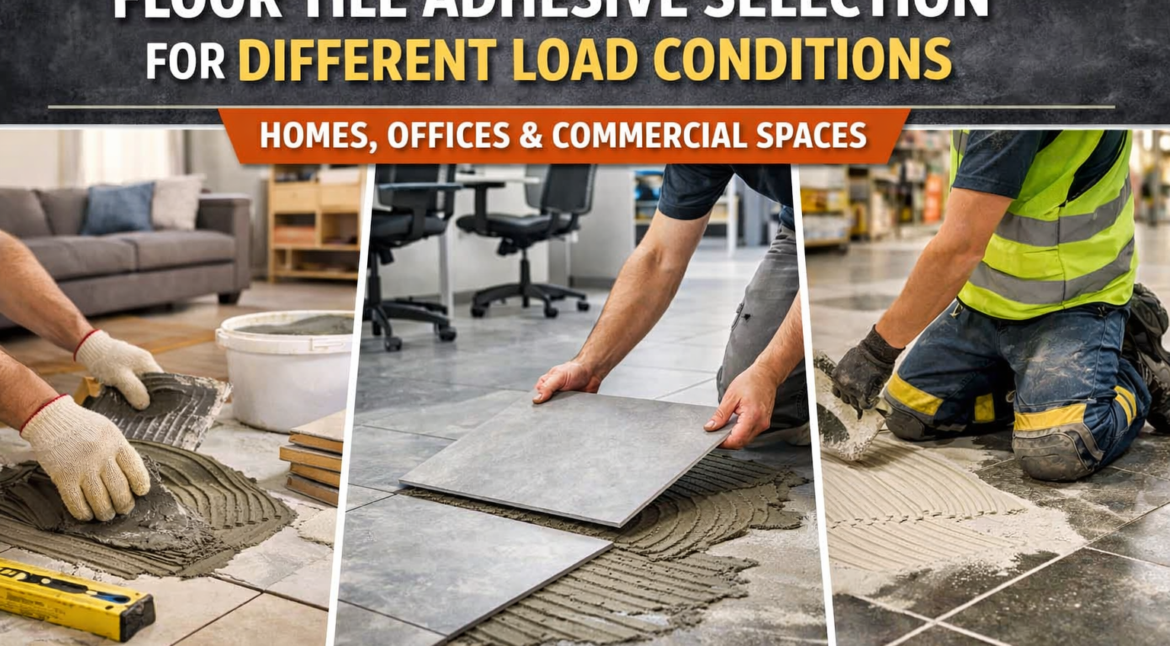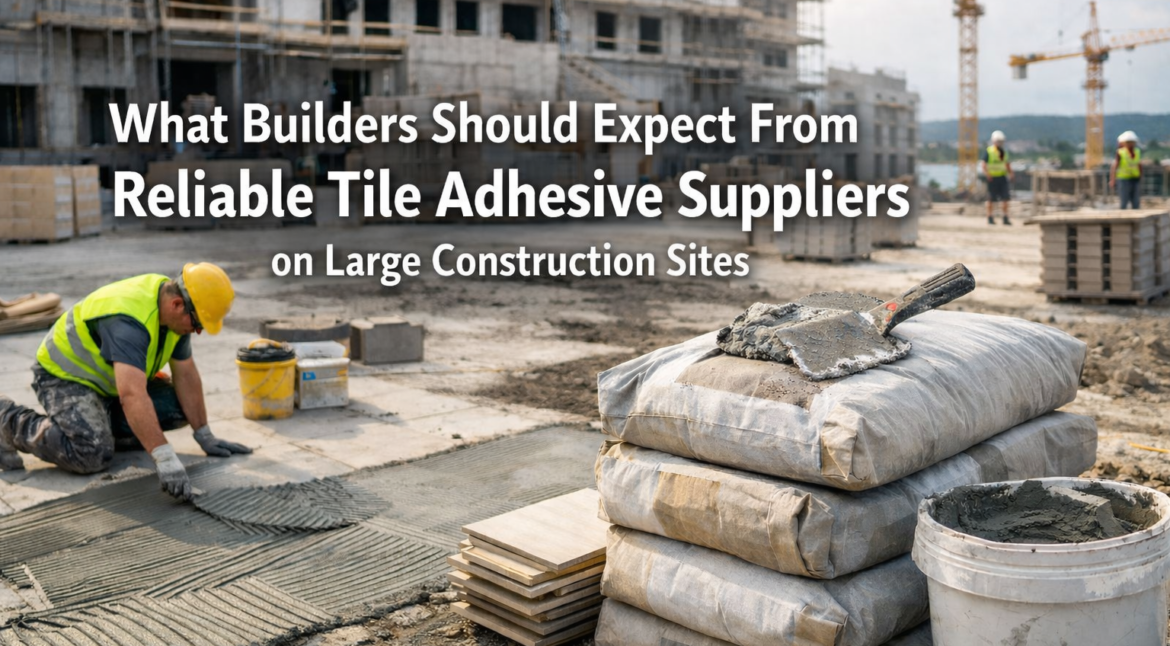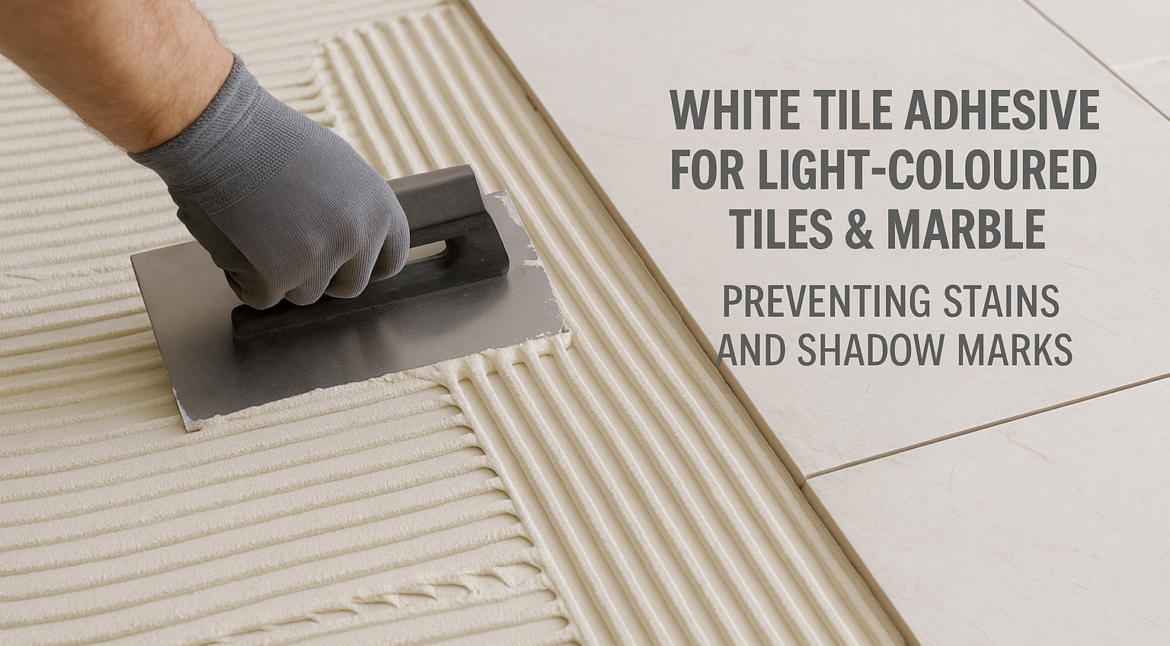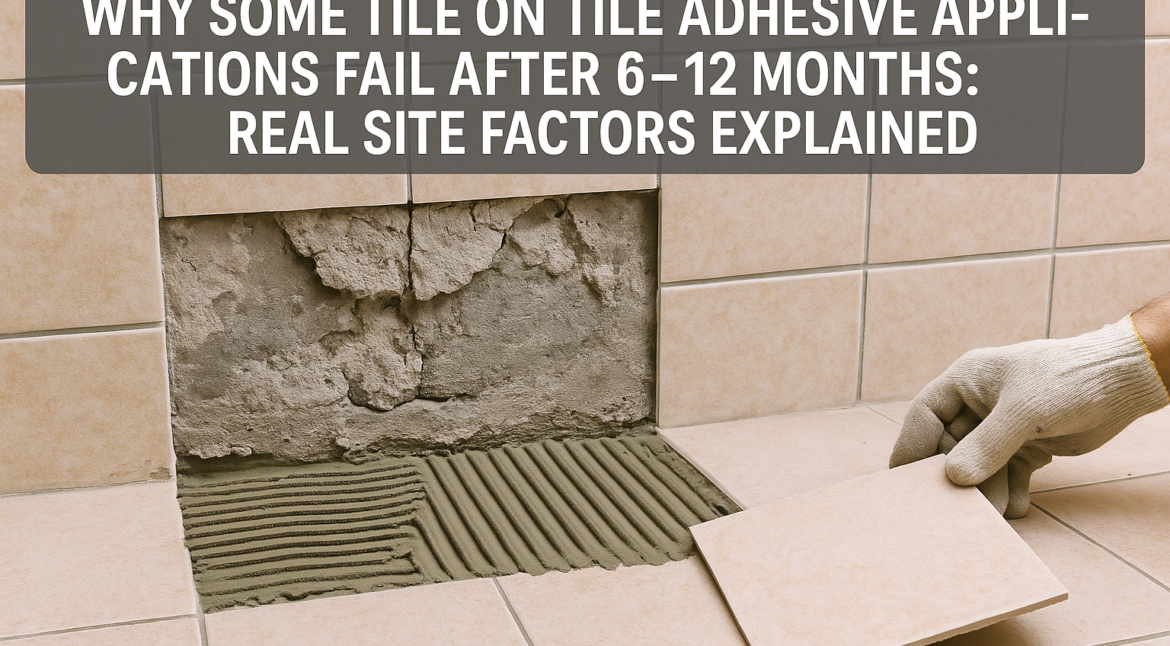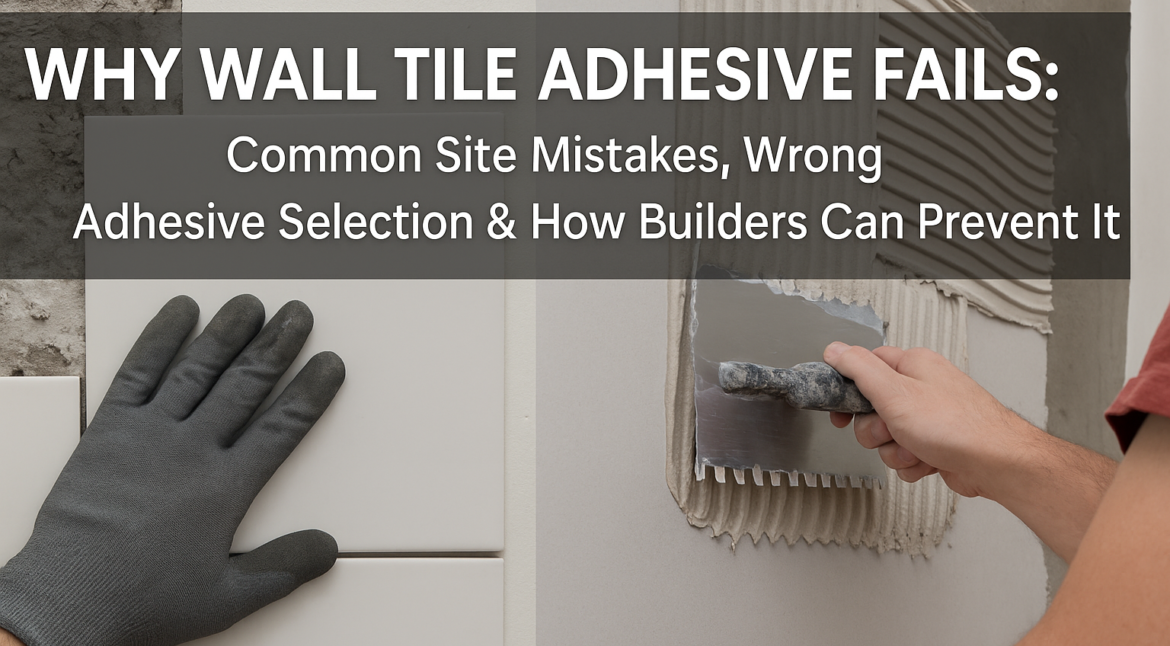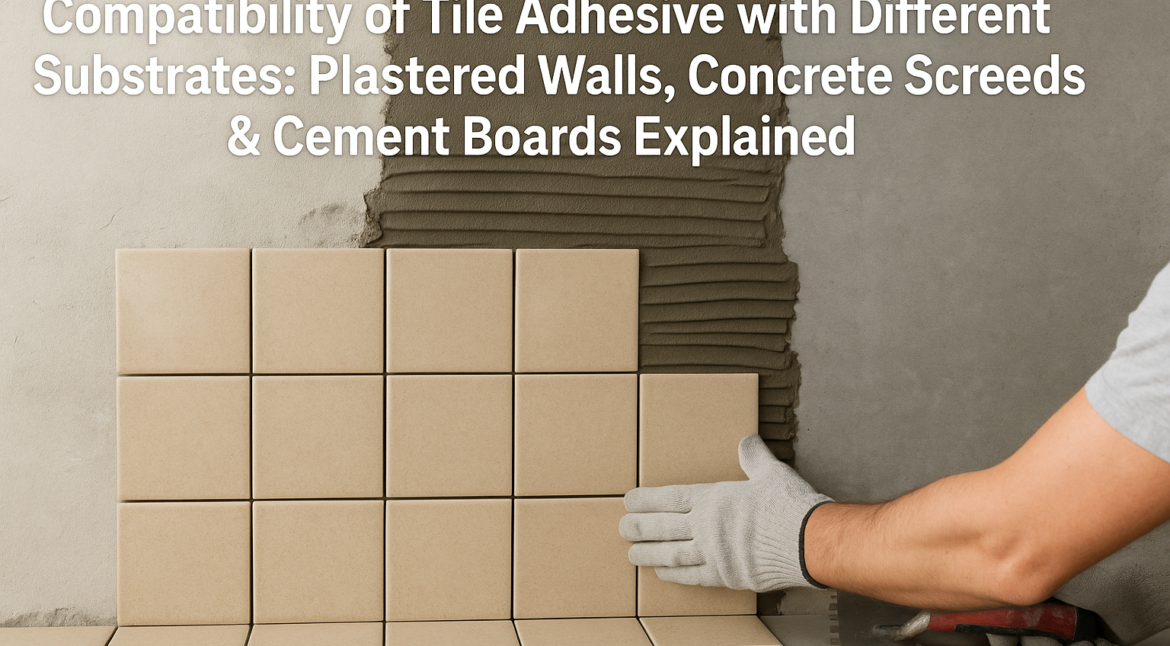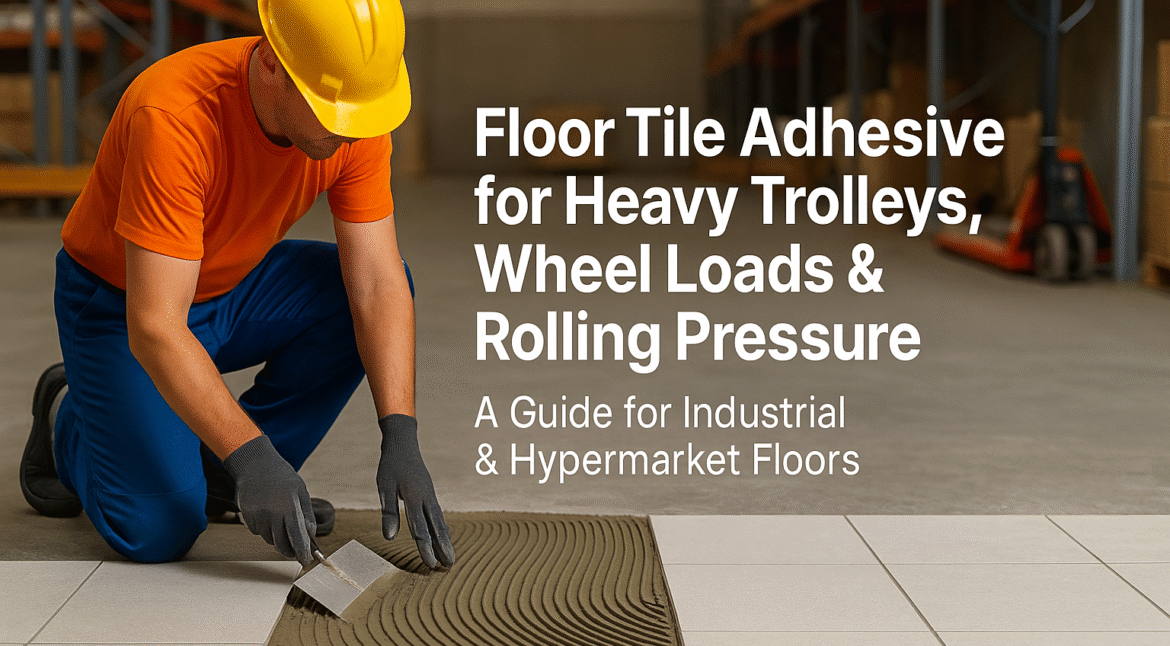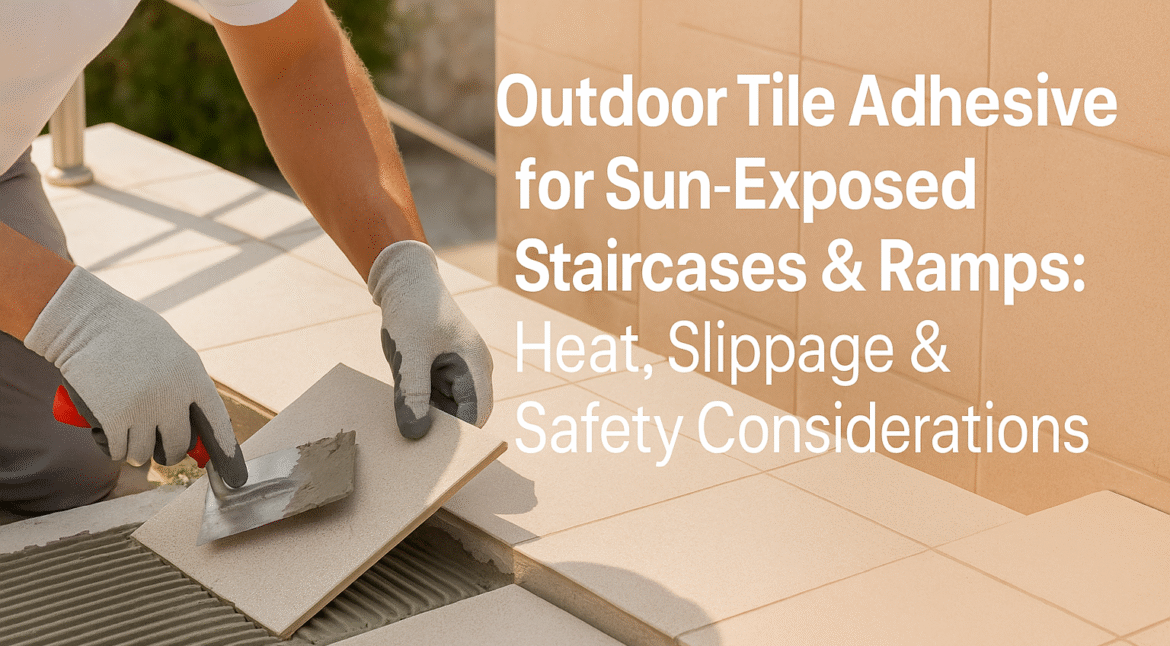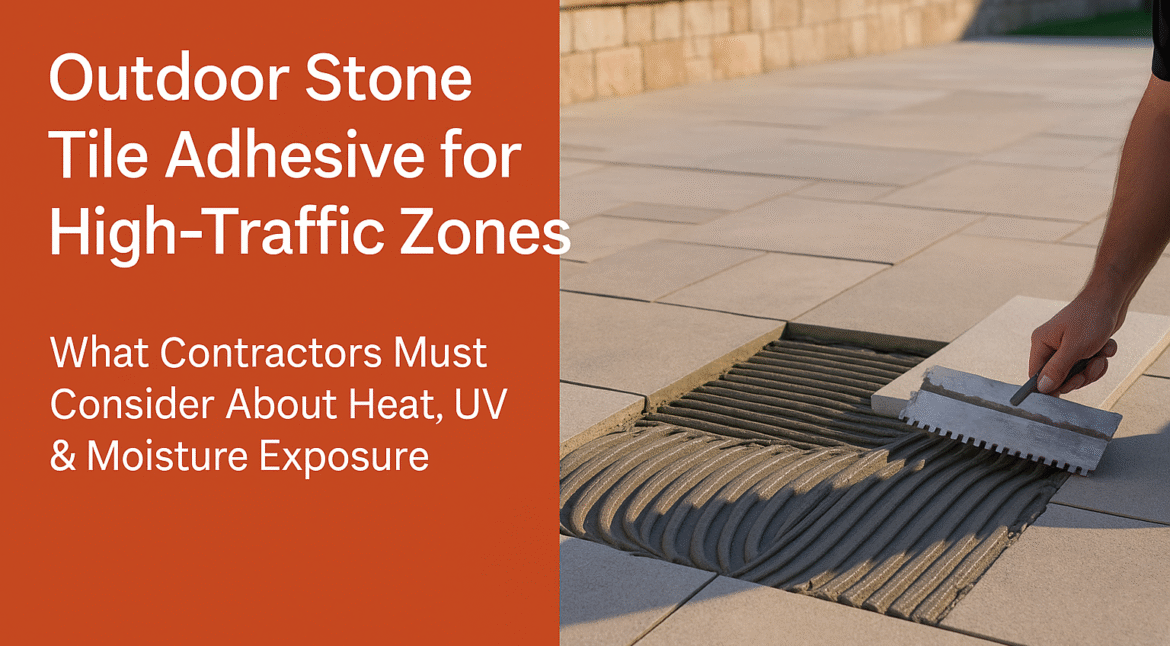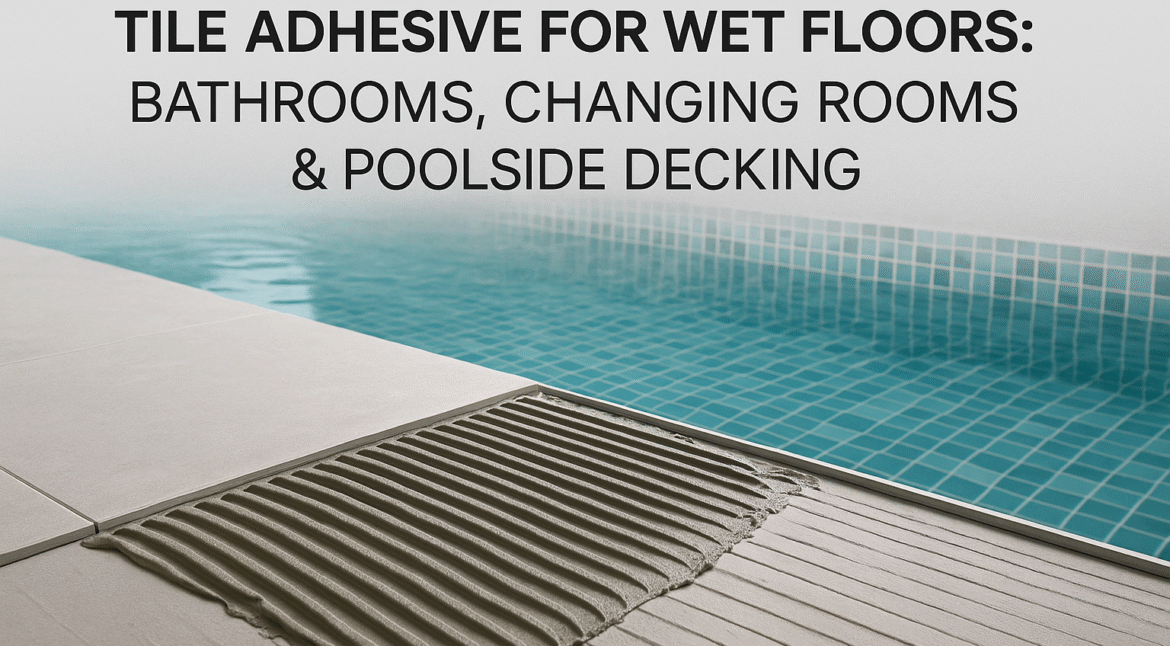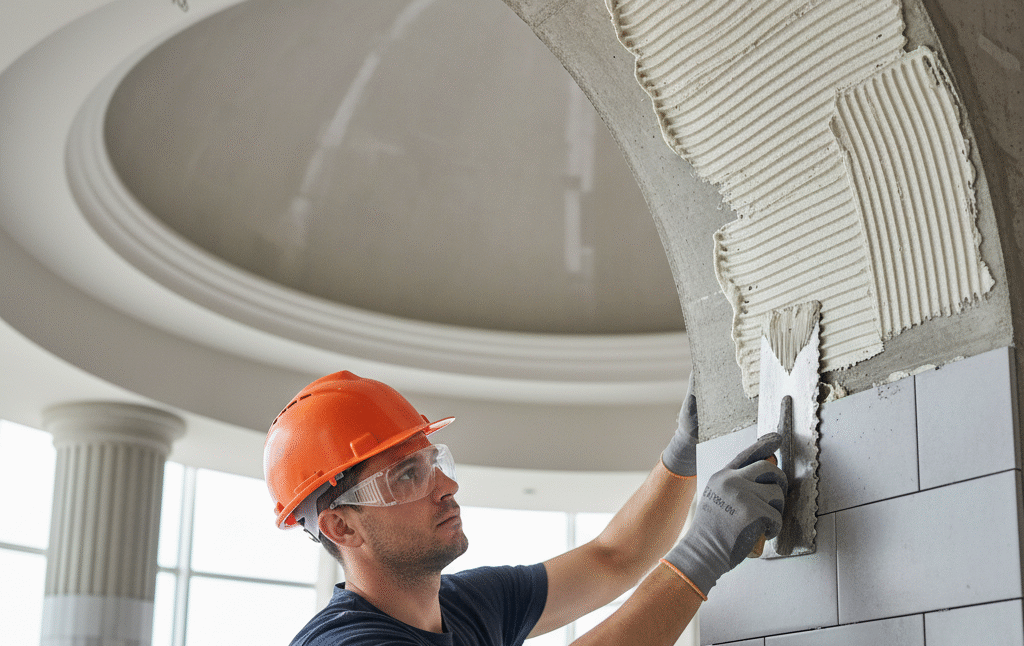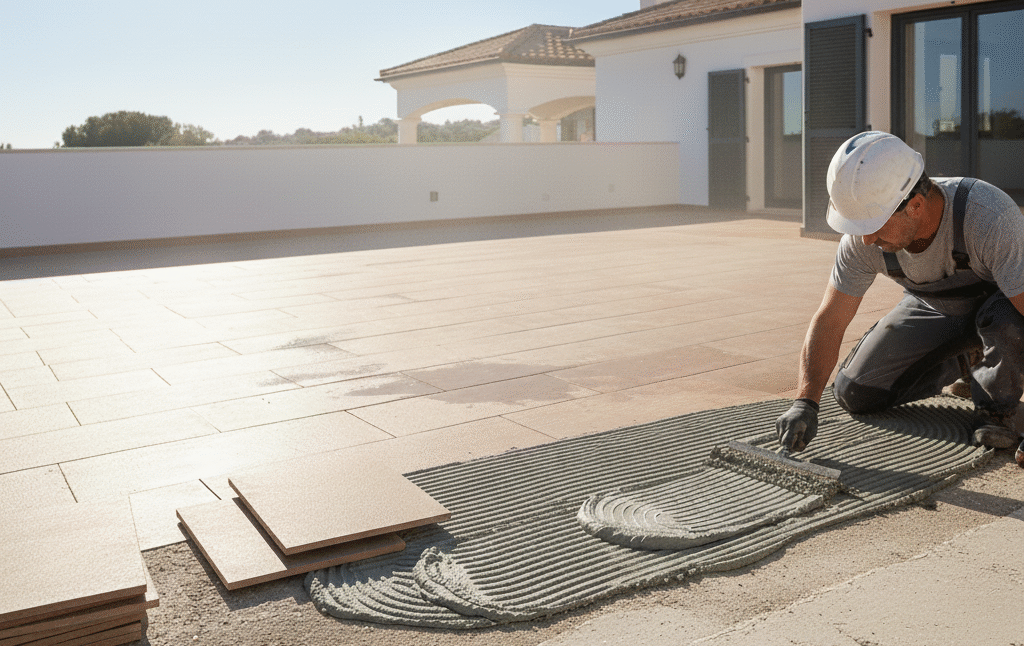Floor Tile Adhesive Selection for Different Load Conditions: Homes, Offices & Commercial Spaces Floor tiling is one of the most challenging in any building. Unlike wall tiles, floor tiles constantly face weight, movement, vibration, and wear. From residential homes to busy offices and high-traffic commercial spaces, the performance of the…
What Builders Should Expect From Reliable Tile Adhesive Suppliers on Large Construction Sites Large construction sites operate under pressure. Tight timelines, multiple contractors, varied substrates, and large volumes of materials leave very little room for error. In such environments, tile installation is not just about aesthetics; it is about durability,…
White Tile Adhesive for Light-Coloured Tiles & Marble: Preventing Stains and Shadow Marks Light-coloured tiles and marble are chosen for their clean appearance, brightness, and premium finish. However, these materials are far less forgiving than darker tiles. Even small mistakes in adhesive selection can lead to visible stains, shadow marks,…
Why Some Tile-on-Tile Adhesive Applications Fail After 6–12 Months: Real Site Factors Explained Tile-on-tile installation has become common in renovation and retrofit projects because it saves time, avoids demolition, and reduces dust. When done correctly, it works well. When shortcuts are taken, failures usually start showing within six to twelve…
Why Wall Tile Adhesive Fails: Common Site Mistakes, Wrong Adhesive Selection & How Builders Can Prevent It Wall tile failures are one of the most common issues on construction sites, and in most cases, they are preventable. When tiles begin to loosen, sag, debond, or make a hollow sound, the…
Compatibility of Tile Adhesive with Different Substrates: Plastered Walls, Concrete Screeds & Cement Boards Explained Tile installation is only as strong as the surface it’s bonded to. While tiles often receive most of the visual attention, the real performance depends on the tile adhesive and how well it interacts with…
Floor Tile Adhesive for Heavy Trolleys, Wheel Loads & Rolling Pressure: A Guide for Industrial & Hypermarket Floors Industrial floors, retail hypermarkets, logistics warehouses, and large commercial shopping areas face a common challenge is continuous rolling loads. Heavy trolleys, stocking carts, pallet dollies, warehouse equipment, and thousands of footsteps moving…
Outdoor Tile Adhesive for Sun-Exposed Staircases & Ramps: Heat, Slippage & Safety Considerations Outdoor staircases and ramps face harsher conditions than almost any other tiled surface. Direct sun exposure, steep incline angles, continuous foot pressure, and sudden weather changes all place significant stress on the tile system. If the adhesive…
Outdoor Stone Tile Adhesive for High-Traffic Zones: What Contractors Must Consider About Heat, UV & Moisture Exposure Outdoor stone installations require more than good craftsmanship. They demand materials capable of handling some of the harshest environmental conditions—direct sunlight, heavy rainfall, temperature swings, and continuous foot movement. Whether it’s an exterior…
Tile Adhesive for Wet Floors: Bathrooms, Changing Rooms & Poolside Decking Wet areas such as bathrooms, changing rooms, and poolside decks need more than just strong tiles—they need reliable bonding materials that can handle moisture, constant foot movement, and frequent temperature changes. Choosing the right tile adhesive for wet floors…
Wall Tile Adhesive for Curved Surfaces: Domes, Arches & Pillar Cladding Introduction Curved architectural surfaces such as domes, arches, rounded columns, and pillar cladding present bonding challenges that differ significantly from flat wall installations. The curvature changes the way tiles sit, the way adhesive spreads, and the way load is…
Outdoor Tile Adhesive Requirements for Sun-Exposed, Heat-Prone & Weather-Changing Areas Introduction Outdoor tiling looks simple, but the conditions it must withstand are far more demanding than interior applications. Surfaces exposed to direct sunlight, high temperatures, rain cycles, and seasonal movement require a tile adhesive formulated to withstand these stresses. Using…



